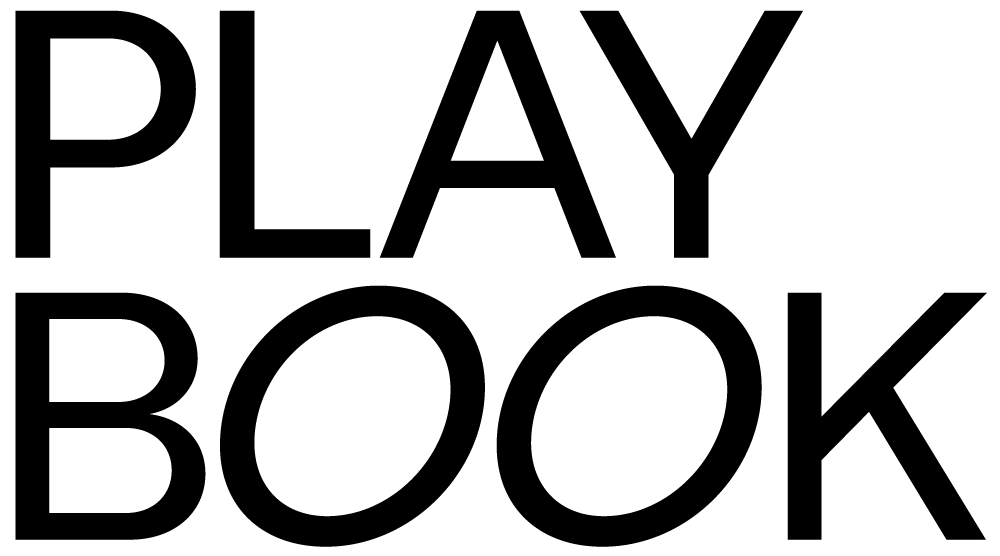Gustaf Ö Hjalmars is a freelance digital illustrator and occasional animator based in Sweden and specializing in retro portrayals of modern, human experiences.
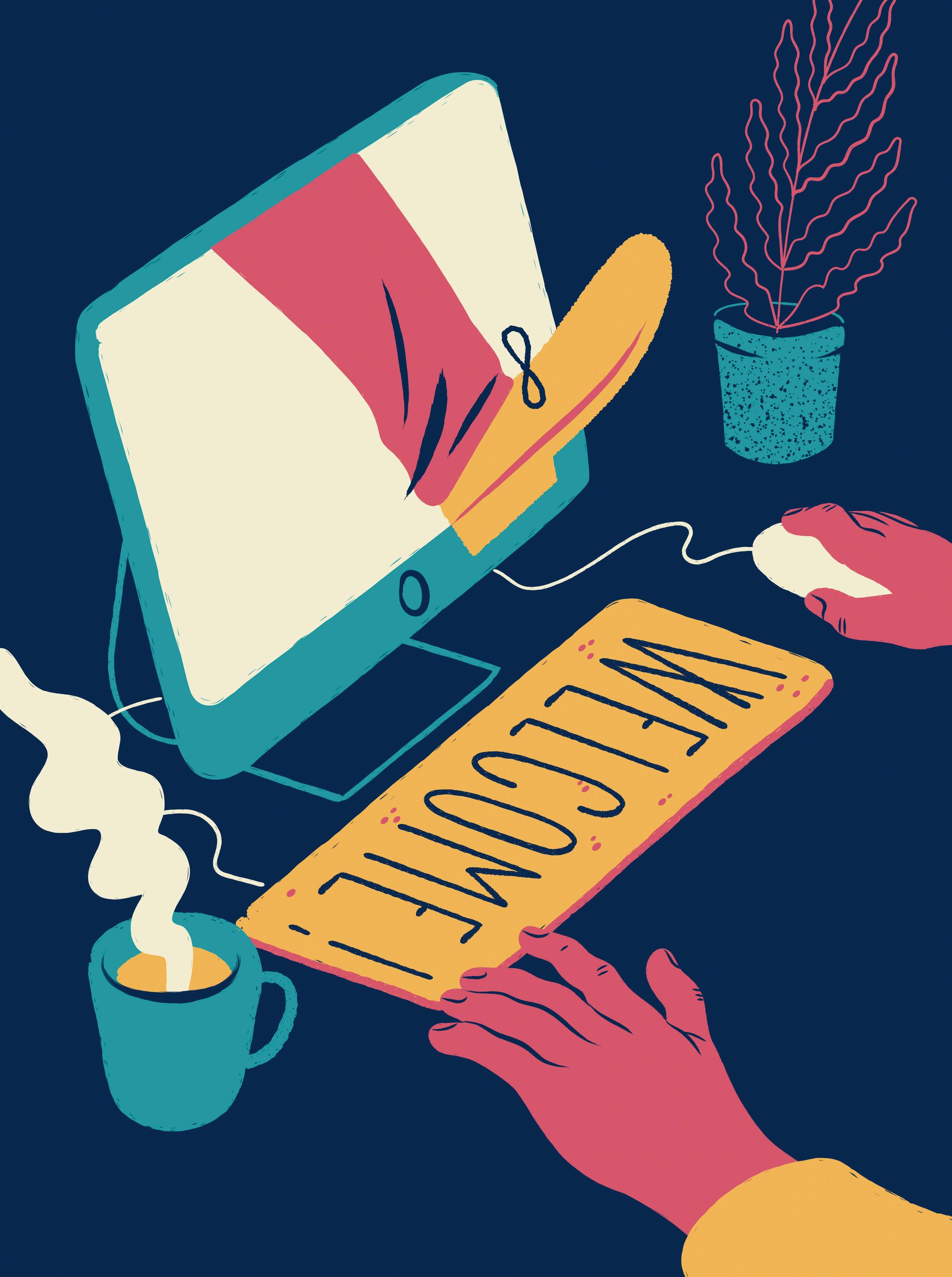
How did you get into your line of work?
In retrospect, it's easy to sort of backtrack because I've always loved drawing, as far back as I can remember. And I also remember that I was very conscious about the quality of my drawings, even when I was really small. There was a girl in kindergarten, and I remember that she had drawn, like, a boat on a stormy sea with clouds with lightning and I was like, Wow, how did you do that? That's the most beautiful drawing I've ever seen. I can't have been more than five years old at that moment. So I guess it's always been sort of really a core interest to me, even though it took a while to realize that one could actually draw for a living.
In terms of animation, I did an editorial piece for one of the main newspapers in Sweden, and they were like, This is exclusively for our website, and it would be so nice if it could have some movement to it. Are you into animation at all? And I was like, No, but I could try and see what comes out of it. So that’s how I got started, with a very simple GIF loop.
What differentiates your personal work from your professional work? How do you balance your personal and professional lives?
This is one of my main challenges—to find the time to do personal projects—because I tend to have a bit too much on my plate to find the time to do that. And that's not something that I personally suffer from because I love getting a client brief. I love the framework that a commission entails, that you have these parameters that you have to keep in mind when creating. That's one of the things I enjoy most about this line of work: you get someone who has a rough idea of what they want, and then you get to make your own interpretation of that. I love that.
For personal projects, I think I'd have to sort of maybe write a brief for myself, and email myself—Hi Gustaf, I have a very interesting project that I'd like you to be part of—and then come up with something that I would really like to do and write down a brief for myself.
I see a lot of humanity in your art—frontline workers, educators, scientists, women, environmental and social movements. Would you say those themes are coincidental based on your clientele or topics you would naturally gravitate toward?
I feel that those subjects are particularly interesting and important, and have generated more commissions, so I guess it's a little bit of both. But I like that my portfolio shows, like you said, a humanitarian sort of approach to it. People always make any image more interesting. I was really into photography when I was a teenager, and always when I shot stuff that I thought was really great—still lifes or street scenes without people—my mother was like, Yeah, that's nice, but when I would add a person in, she was like, This is much more interesting. So I guess she had a point—people are what resonates with me.
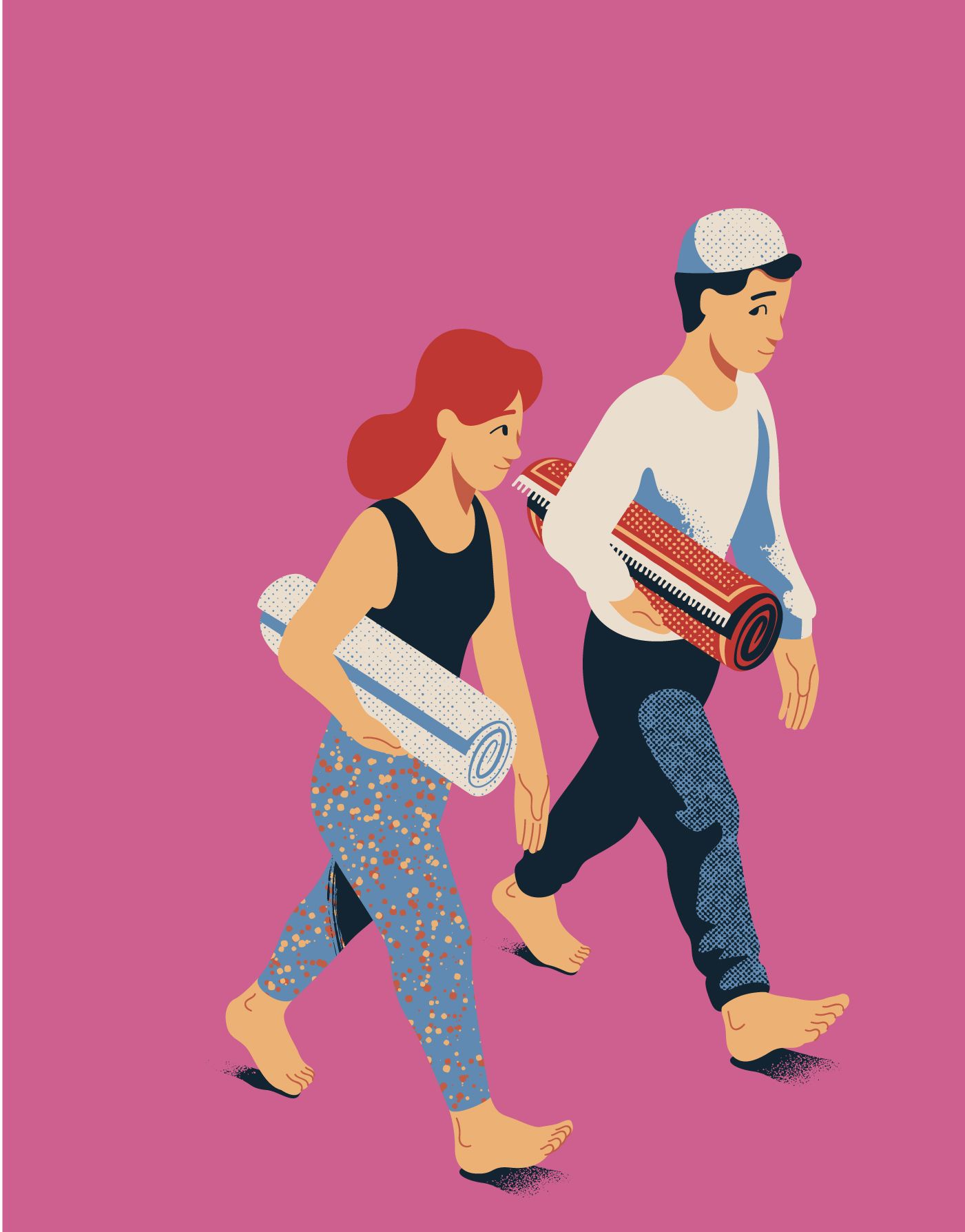
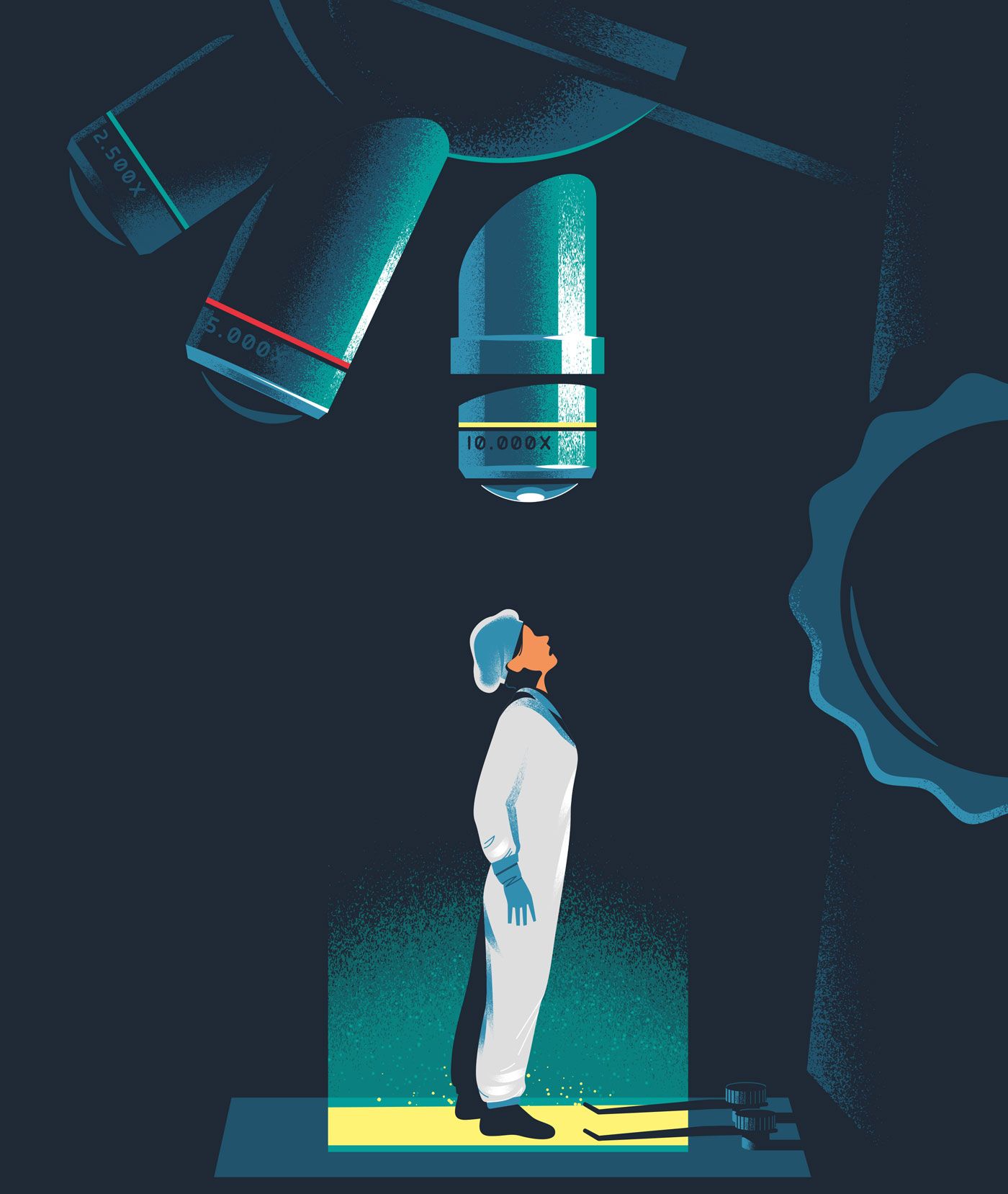
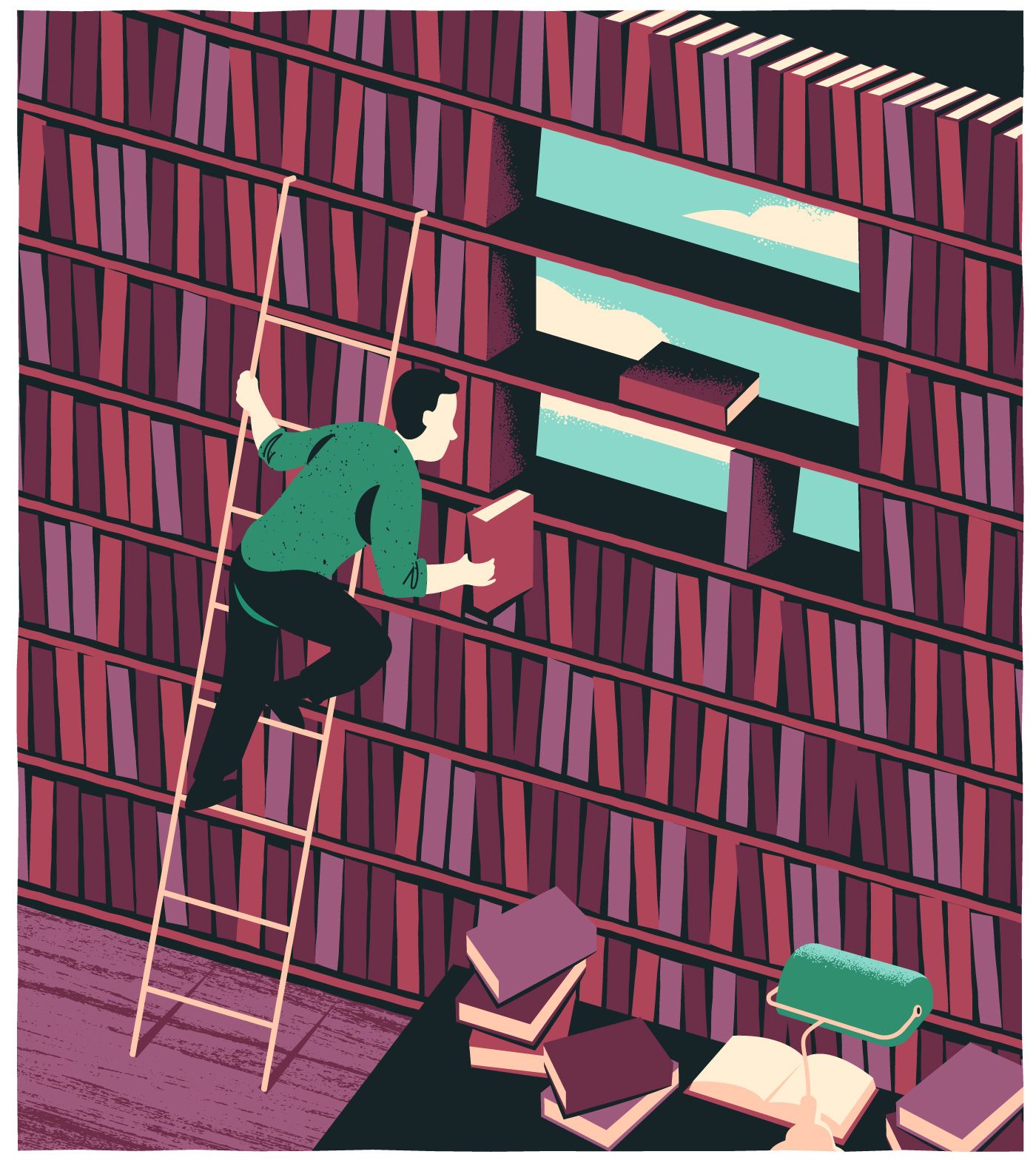
From your website, it looks like you’ve worked with a wide range of local and international clients. What has your experience as a freelancer been, and how has it changed during the pandemic?
It was just sort of a fact of life that if you want to do illustration you have to be freelance. At first I was really worried about how it would work out, but now I feel like I wouldn't know what to do in a corporate workplace. I've gotten very spoiled by setting my own hours and having my studio very close to home, so now I couldn’t actually imagine working in any other kind of way.
I'm really blessed to say that my life hasn't been that affected really [by the pandemic]. I've always been a freelancer, so I've always had my studio space, and my family and I live in a suburb of Stockholm where the social life is mostly, like, you meet other parents hanging around on the playground, so that's something that we still could do during the pandemic.
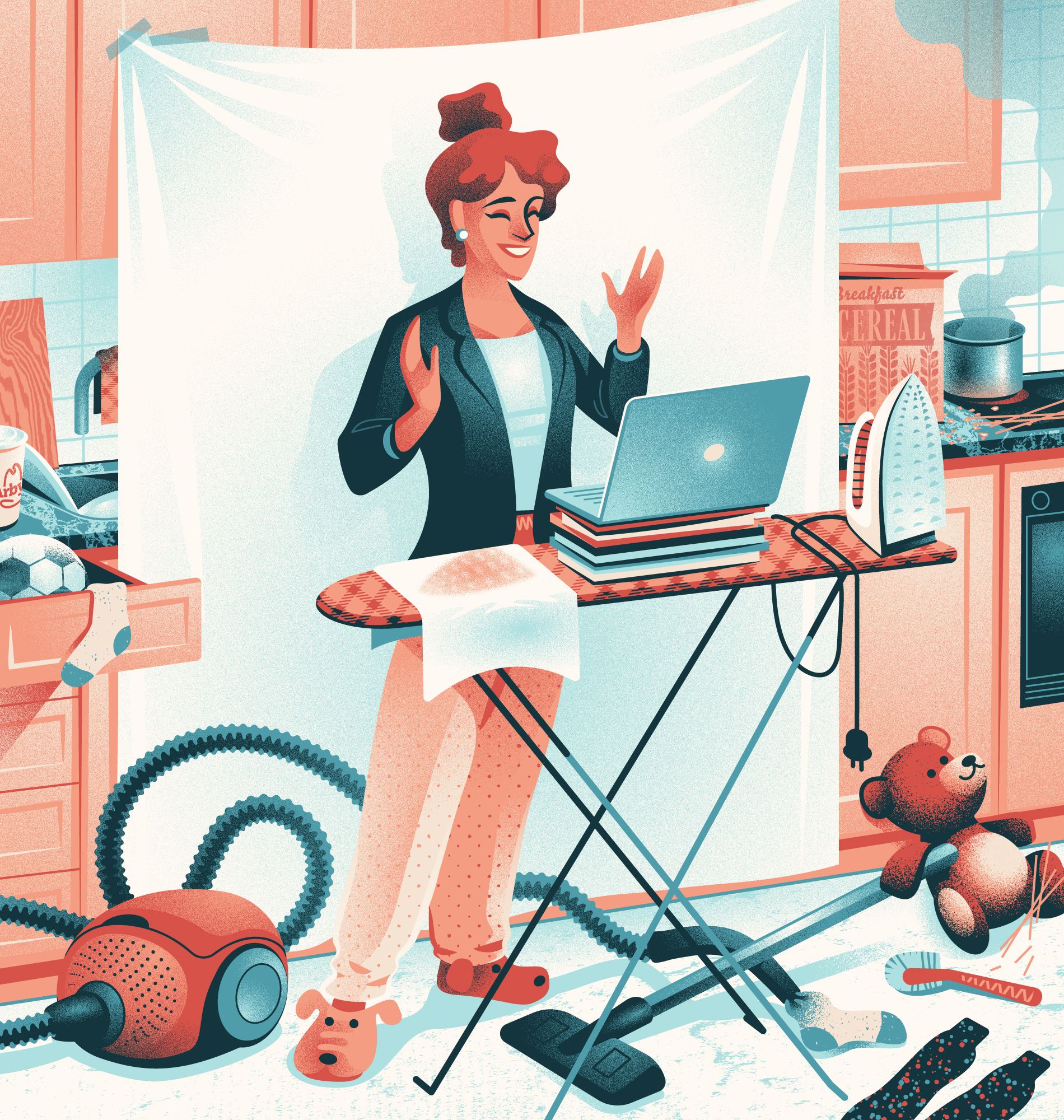
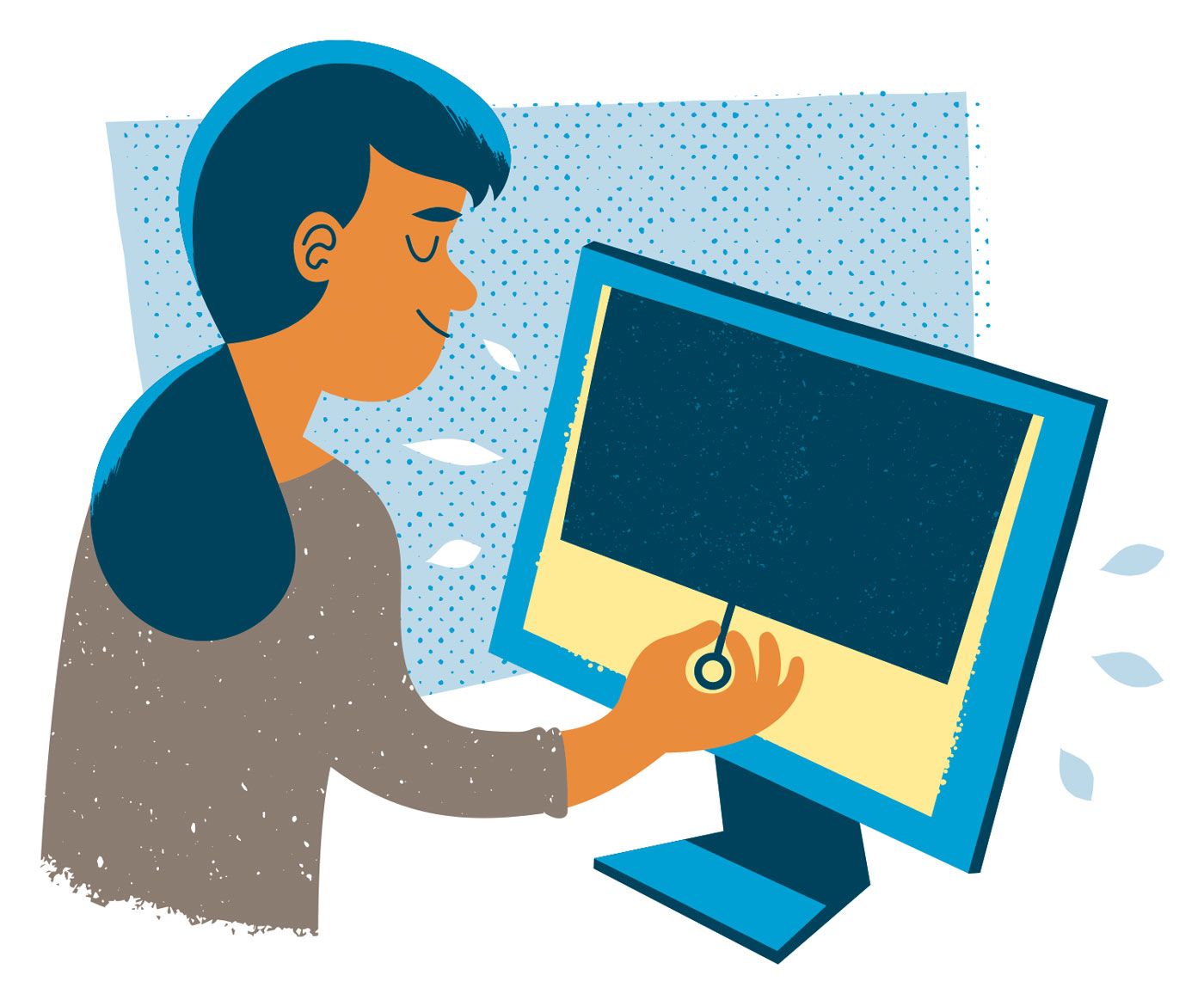
How can your followers/fans best support your work?
They can follow me on Instagram—that's the platform where I'm mostly at, even though my posting might be a bit sporadic at times. I feel it's a very nice way to interact with both other artists and people that appreciate your work. It's always nice to see what other people think is the best piece. I love that even if I myself might not be super satisfied with something, maybe there are qualities to it that I'm a bit blind to because it's my own work.
Find Gustaf on Dribbble, Instagram, Behance, and his website.
